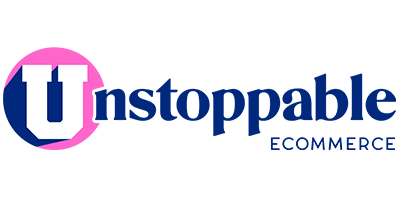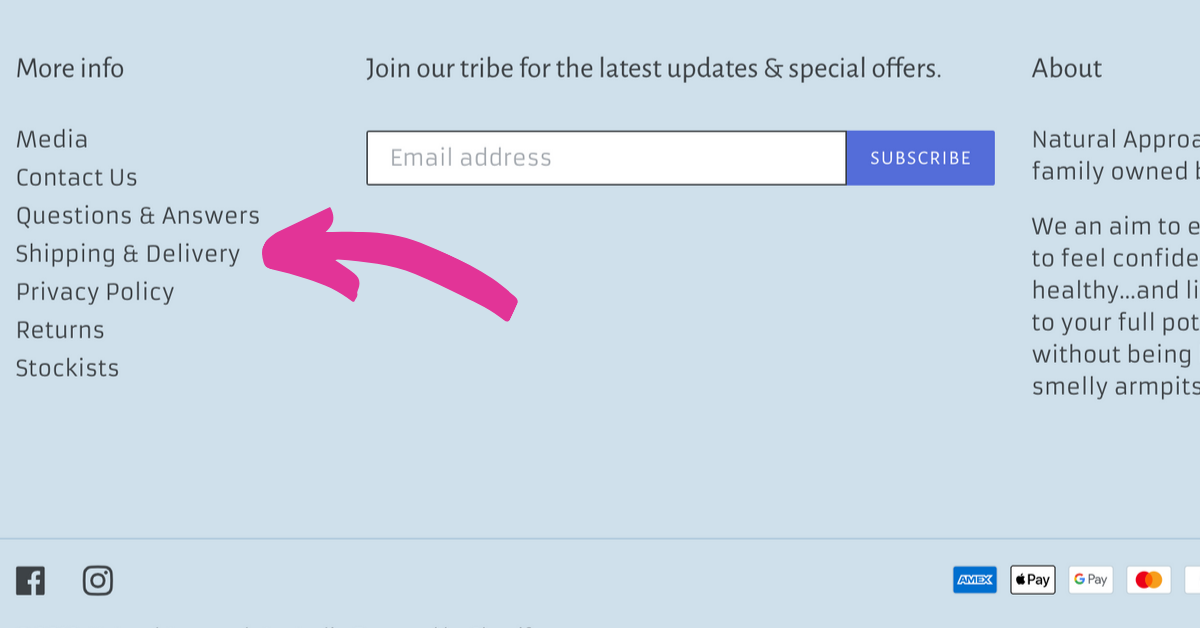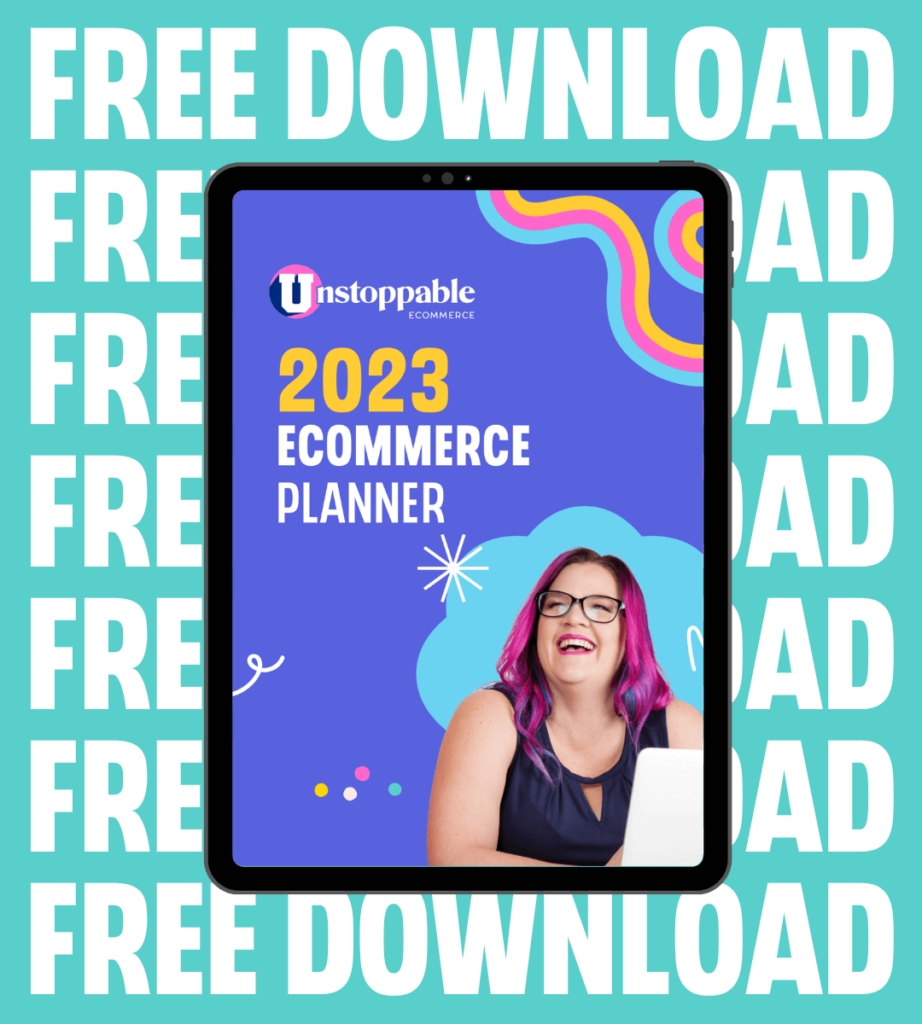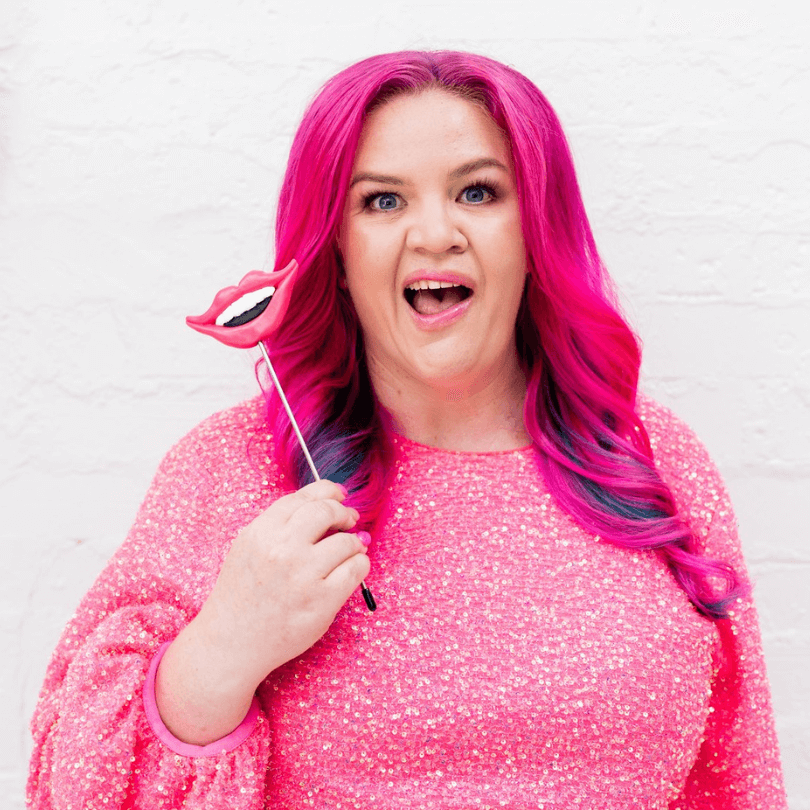Top 5 mistakes online store websites make & what we recommend instead
Your website is a critical element to the success of your online store. And so often we see people driving traffic to a site that isn’t ready for it.
We call this, not being Traffic Ready.
It’s like turning on a tap without having any buckets in place to capture the water, or at best, having very leaky buckets.
So how do we get Traffic Ready?
We do this by reviewing and auditing your website through a quantitative and a qualitative lense – and making updates based on our findings.
We’ve done over 200 online store website audits and we see the same mistakes coming up again and again.
Here are the top 5 mistakes people make on their website.
Mistake #1: Not having crystal clear messaging
When someone hits your site you have a few seconds to make a good impression, and for them to take that next step.
They need to know that they are in the right place, immediately.
When we live and breathe our products it’s so easy to forget that not everyone knows as much as we do about them. It’s so easy to end up with messaging that’s not clear and a little bit diluted. Often you are so close to your product and your brand that you totally miss the most important messaging because you think that it’s obvious.
What we recommend:
Make sure your image and text let people know exactly what you sell and why they should buy from you within 3 seconds of hitting your site, without scrolling down.
We have also created a 3 second test which you can access in our free group.
Mistake #2: The focus is on the logo
We often see the logo take front and centre. When your logo is front and centre, it takes up a lot of valuable real estate that could be used to showcase your value proposition and products. Now, I’m sure your logo is gorgeous, but people aren’t coming to your website to buy your logo. People come to your website to see what’s in it for them.
What we recommend:
Reduce the size of your logo and left-align it in your menu bar. This way your logo is still seen, but it won’t take up space that could be used for sale-generating information.
Mistake #3: Using default headlines
Default headlines
There is nothing worse than seeing the default headings still in use on a website.
What we recommend:
Don’t be generic when it comes to the headings used throughout your site. Get creative and use call to actions that are in line with your brand.
Mistake #4: Not having a pixel installed
The Facebook pixel is a free peice of code that allows you to create and target audiences based on the actions people take on your website. Without a pixel you can’t retarget people on Facebook.
What we recommend:
Even if you aren’t running ads now, install the Facebook Pixel so you are collecting this powerful data now.
Mistake #5: Having pop-ups that drive people away from the site
We often see pop-ups that offer an incentive in exchange for an email address. The problem that we have with this is the message that follows the email entry.
It’s usually something like “thanks, please check your email to receive your code”.
This is another way of saying “thanks, please leave our website and go to your inbox. The same inbox that is flooded with offers from other stores where you may get distracted and never come back to our store again”.
What we recommend:
Keep people on your site. Sure send them an email too. But let them access the incentive without having to leave your site.
Final word
Use these most commonly made mistakes to do an audit on your own site and see if you are making them too. And if you are, take action now to resolve them.

Written by Megan Winter
Megan is an award-winning marketer and has worked with some of the fastest-growing eCommerce brands in the world.
Megan loves helping ethically-produced, heart-centred, soul-driven online store owners to make more income and achieve more impact.




















